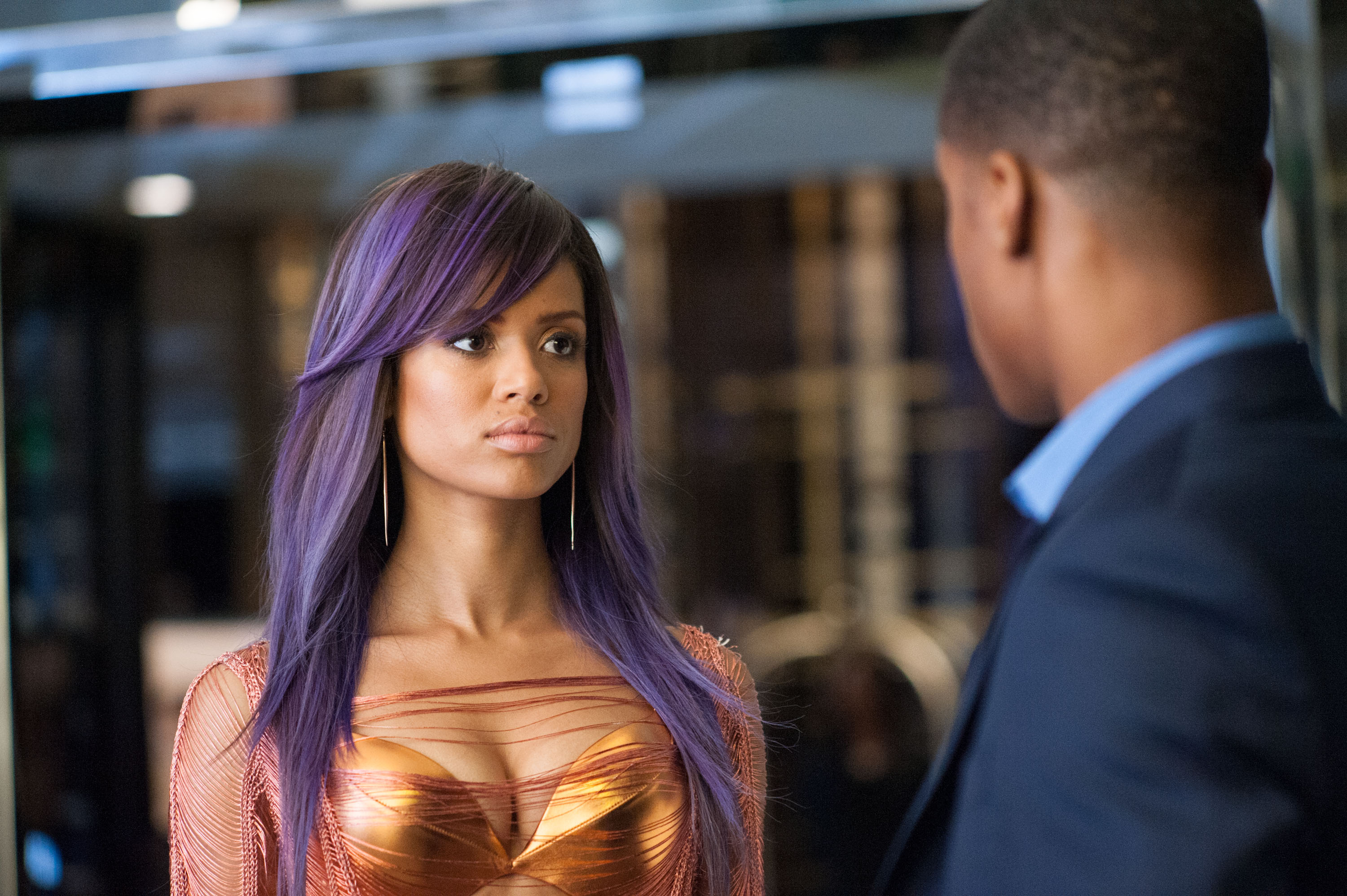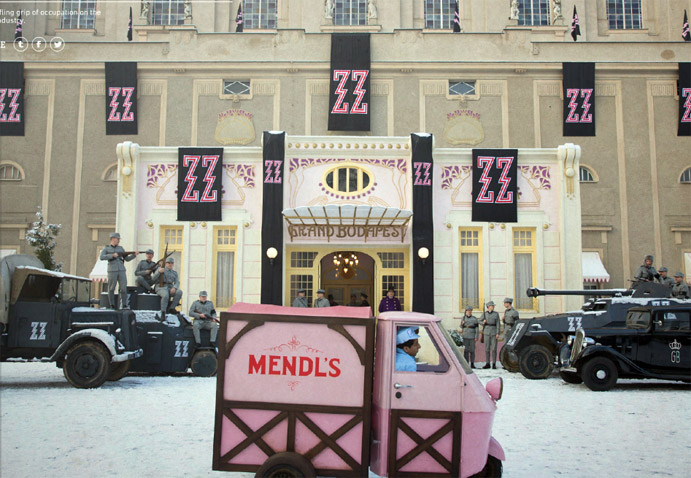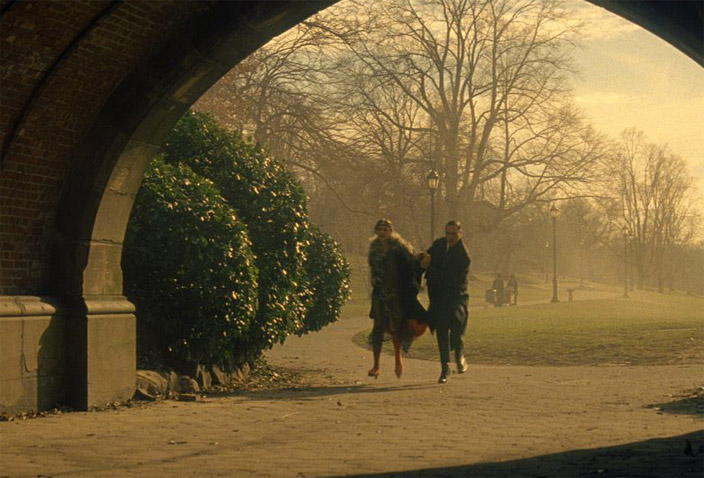By providing your information, you agree to our Terms of Use and our Privacy Policy. We use vendors that may also process your information to help provide our services. This site is protected by reCAPTCHA Enterprise and the Google Privacy Policy and Terms of Service apply.
The Best DPs of 2014 on Their Biggest Shooting Challenges

Paula Bernstein

My biggest challenge was to get in shape because this movie’s very physical. I’m not a sportsman, I’m not an outdoorsman, and I’m 54 so I had to get in shape. So my biggest challenge was not to pass out during the take. [laughs]
Jeff Cronenweth, “Gone Girl”
One [challenging shot] is when the detectives go to the vacant mall to find clues. It wasn’t actually an abandoned mall, and the scale of it was absolutely enormous. It was this three-story mall, about 300-400 feet in each direction, and economically and time-wise there was restrictions, but it was super important to feel how cavernous the place really was. We went around it in a different way, and we chose to use a lot of small, incandescent light sources in order to preserve the scale. It just was a monumental, huge location. The notion was that there was drug dealing and a few camp fires and one pharmacy that had one working flickering light, so it was an interesting opportunity to create some looks and create some neon flashes and clever placed cards for the officers to bounce off. It was one of those moments in the movie that people will remember if you do it right.
 Rodrigo Prieto, “The Homesman”
Rodrigo Prieto, “The Homesman”
We had a relatively short schedule so just figuring out how to fit everything we needed to do — shooting at the proper time of day became sometimes difficult because we had to sometimes shoot a certain amount a day. That was the challenge. But also weather. It was both a curse and a blessing. We are obviously at the mercy of it and New Mexico has wildly changing weather, at least at that time we were shooting. It could snow or it could be very windy. We had a lot of wind so we had the challenge to keep the equipment in place, which was tricky. I would say weather also gave the movie a specific texture and feel that’s really good for the story. The wind on the people. It’s really hard to work in those conditions. Also, all the time we were dealing with dust on the cameras and all that, but the actors are in it as well. So you feel it. And they’re feeling it as well. I think that comes through in the movie.
Bradford Young, “A Most Violent Year”
[The biggest challenge was] the weather. I was hurting, physically hurting. People were like, “How do you feel?” I’m like “I’m hurting,” and they’re like, “Why do you get so emotionally invested?” And I’m like “No, no, no. I am emotionally invested, but I’m also in physical pain.” It took a lot to check back in after making that film, mentally, but it took a lot to get my body right again. It was relentless. I’m fearing the winter now because of last year. Technically, the changing weather patterns, it all got worked out later, but when we were doing it, I was so nervous that this film was just going to be all over the place. I’m happy to see it’s found its space to be inconsistent in a good way.
 Tami Reiker, “Beyond the Lights”
Tami Reiker, “Beyond the Lights”
[The biggest challenge was] to keep [Noni’s] world believable, that she is this huge pop star, on such a small budget. When I watch the movie I feel like we did it. We just got so lucky with the house that she lived in, and the size of our crew was small. Thank God that house had so many lights. It had a lighting control room just for that house, it’s own lighting control room. It was thousands of lights and they were all on individual switches. We got very lucky with certain things and the hotel that we used, we were there for ten days and used it for so many locations. That was definitely an amazing challenge. There’s a lot of challenges like that, that all filmmakers have. But we really felt the pressure on it because we needed those big, beautiful locations and they were expensive and we were so limited in our time there. Robert Yeoman, “The Grand Budapest Hotel”
Robert Yeoman, “The Grand Budapest Hotel”
The major issue was that we were shooting in Eastern Germany in January. It’s dark, it’s very grey and dark and cold. Our window of light for the day was usually about 8:30 in the morning until about 3:30 or 4 in the afternoon. So that gave us very short days and we were shooting film and it was a slower film that meant that it lessened our amount of shooting time even a little more. But Wes liked that film stock. So we really had to scramble during the day, to be organized to get the shots that we needed during the day. So many of our interiors, like the prison, as an example, or the department store that became our hotel, the spa which you see at the beginning of the film with F. Murray Abraham and Jude Law. They had these giant skylights at the top, which unfortunately, even during the middle part of the day, they really didn’t give us enough light for us to be shooting in there. So we had to recreate skylights over the skylights themselves. That was quite a feat to have to do that in three of the main locations. Just the fact that it was kind of cold a lot. Even the locations, like the prison which had been abandoned for many years, it was January and those old walls held so much cold that even if you brought heaters in, it really didn’t do much good. That was something I hadn’t thought of — how cold these places were even the interiors so that was another thing we had to deal with.
 Darius Khondji, “The Immigrant”
Darius Khondji, “The Immigrant”
One of the obvious challenges we had was to be able to do a movie where we had some exteriors of New York in the ’20s. Which meant we had to make it happen: The period piece of the street, the pier, the boat… Everything exterior in the park was a big challenge. It was a big challenge to make it feel like it was the ’20s, so we really have the flavor of the time. It’s not enough to put actors in the costumes of the 20s and put some set design and be clever with it, you have to really believe you’re living in the time. Everything that is in frame has to really be from the time. You really have to transport yourself into the time and somehow really believe in it. That’s one challenge. Another one was to shoot in Ellis Island because it was a gigantic hall that we had very little time to shoot in, because we couldn’t keep it closed. So we came with the idea to shoot it at night and to reproduce daylight at night. Because we were shooting in winter, we could do 12-14 hours of night. When we came with this idea, we didn’t have enough in the budget to light the whole space — to make it look like daylight to light it from outside — so we lit only half of the hall and we mimicked the second half in digital.
READ MORE: This Year’s Top Cinematographers on Film vs. Digital
By providing your information, you agree to our Terms of Use and our Privacy Policy. We use vendors that may also process your information to help provide our services. This site is protected by reCAPTCHA Enterprise and the Google Privacy Policy and Terms of Service apply.

















